A one-pager is a creative, visually appealing assessment tool that gives students a chance to share their ideas across two modes: imagery and text. They’re my favorite tool, and I’ve been experimenting with them for the last decade. So let me share what I’ve learned.
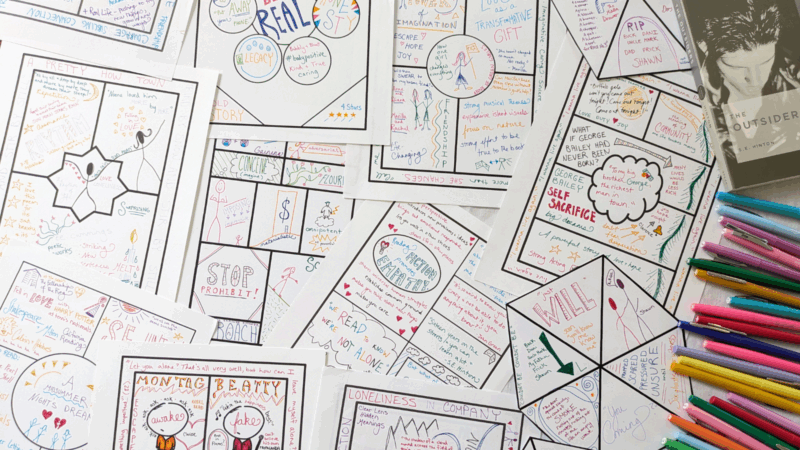
Originally pioneered by AVID, one-pagers are a solid toolbox go-to for English teachers, but really, they’re easily adapted to any discipline.
Students create one-pagers to convey their key takeaways from something (a book, an article, a unit, a poem, a documentary, a podcast, an exploration of theme, a science experiment, etc.). One-pagers help express what they’ve learned in a single page. The project lets them work on communicating ideas through a combination of modes. This is a key skill in many workplaces today.
As students think critically about what’s important, they also improve their retention of information. Sketching the details into their one-pagers helps different parts of their brain work together. (Check out this interview with ed-tech consultant and educator Jen Giffen to dig deeper).
Helping Reluctant Artists
You might be thinking, what about my art-haters in fifth period? The ones who moan at the mention of a marker?
Mike Rohde, inventor of sketchnotes, which are like one-pagers created on the fly, famously says they’re “ideas, not art.” This is a good thing to reinforce with your students. The goal here is not to get their one-pagers featured at the Met, but to tap their critical thinking and illustrate their understanding in memorable, insightful ways.
One way to help scaffold the one-pager process for kids feeling wary is to create a template, mapping out areas of the page and connecting them to what you’d like students to include. This template becomes a roadmap that every student can follow, though students who feel ready can go off-template, designing from the blank page.
For example, you might ask students to start an ELA one-pager by putting a key theme for a novel in the center of their paper, then illustrating it with a quotation, and adding a visual and some analysis of their own.
You might guide students to illustrate a range of Spanish verbs related to sports across the top of their one-pager, including the words, their definitions, and illustrations for each, before laying out your requirements for the middle and the bottom of the page.
Maybe you’d have students focus on the traits of a historical figure on one part of the page, while exploring her relationships in another, influences on her in another, and crucial events happening in her world in a visual timeline across the bottom.
Let’s look at a few examples from my discipline, English, to provide inspiration for your next one-pager project. A quick #onepagers search over on Instagram will show you many more.

If you and your students like hexagonal thinking, then hexagonal one-pagers, an advanced twist that combines the discussion strategy with the one-pager concept, can provide an even deeper level of conversation.
Students first create hexagonal one-pagers to represent complex ideas in your unit. The hexagons showcase themes, characters, connecting texts, and more from Nic Stone’s novel Dear Martin.
Students begin by connecting their hexagons and discussing how the ideas relate. As they rearrange the pieces, new insights emerge. Finally, each group presents its web of connections to the class or writes about the reasoning behind its choices.

Hexagonal one-pagers are also a fun go-to for building community. For this activity, invite your students to fill out hexagons about themselves before connecting them to those of others in the class, eventually creating a visual display of all the things the group has in common.

One of my favorite recent twists on the one-pager is an open-mind project. In this version, the template provides a silhouette for a character in a text. Students then fill in key relationships, ideas, quotations, and traits for the character inside their head, while showcasing outside influences and key relationships around the head. For example, you can see open-mind one-pagers for Will Holloman, the main character in Jason Reynolds’ verse novel Long Way Down.
This approach can easily be adapted for other subjects too. In a history class, for instance, you might provide the outline of a country in the center of a one-pager, inviting students to fill it with what’s happening inside during a particular time period. Then, ask them to fill the outside with the influences of neighboring countries, major events, or artistic movements that are shaping the world at that time.
In a language class, you might add a silhouette for a famous leader or creator speaking the language of study. Have students fill the inside with what they know about them. Next, students will create illustrations and information about their actions, influence, and/or creations on the outside.

There are so many creative ways to use one-pagers, and it’s impossible to explore them all here! Just start experimenting, and see where it works with your class this year. Remember that a template with a clear set of expectations for what to put where is a great scaffold as students begin. And save time in class for a gallery walk and space on your walls for a bright display of one-pagers!
Plus, get our free Reading Comprehension Strategies Bundle.
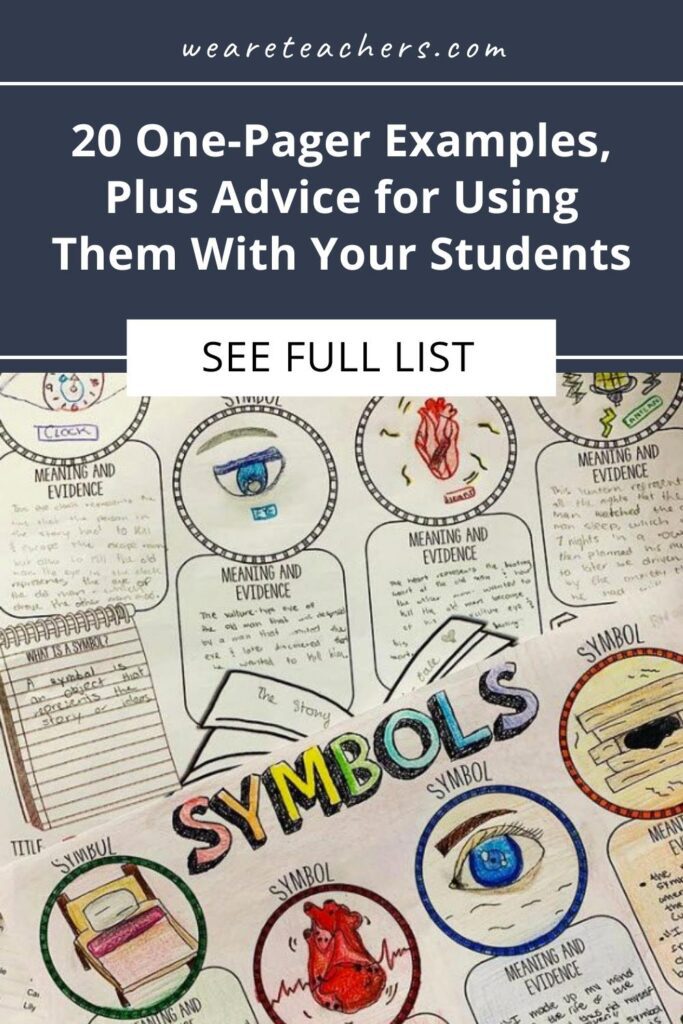

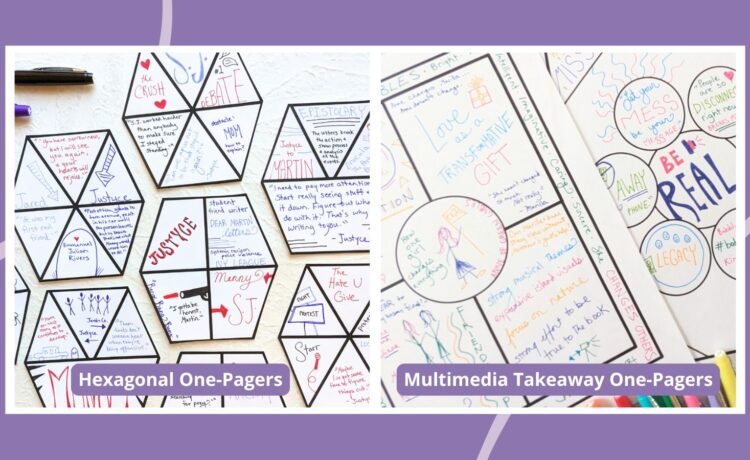
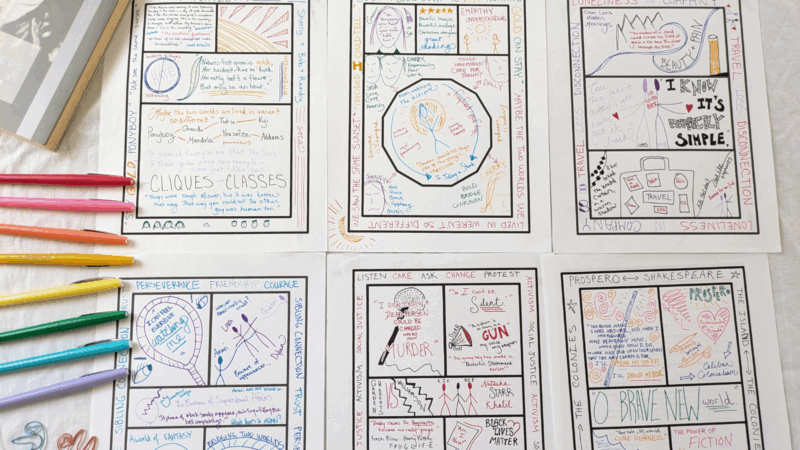
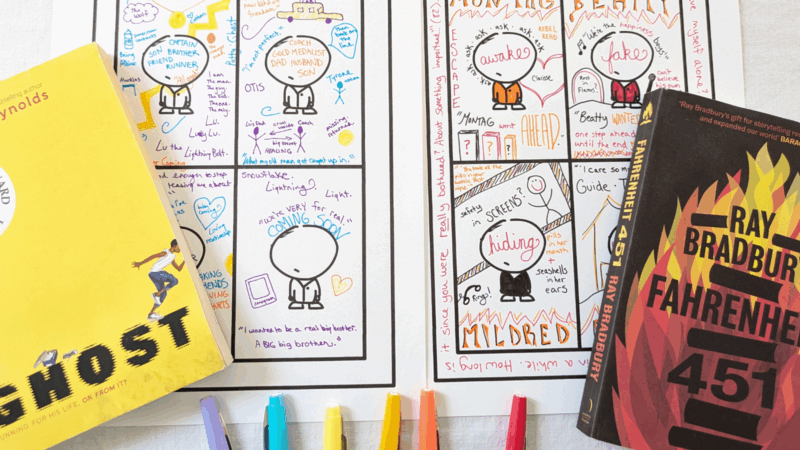
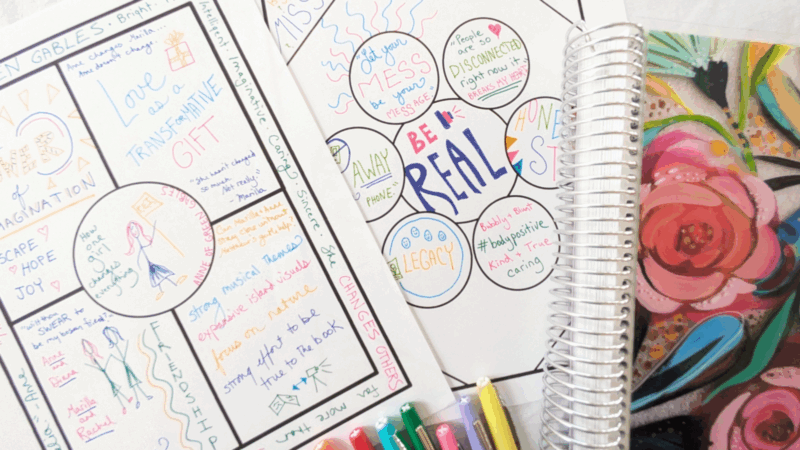
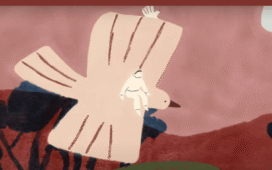



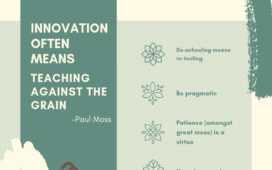
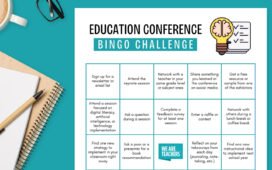
Recent Comments